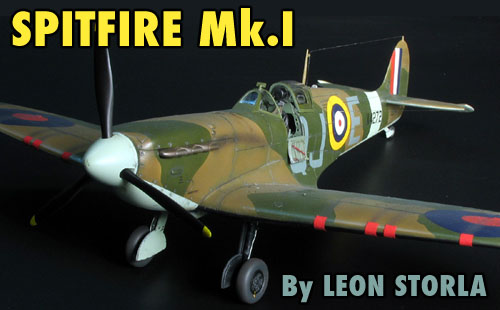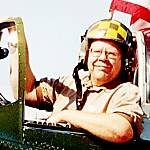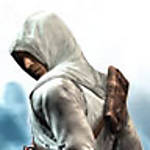The first 77 Spitfires had two-blade props, but, if they survived, would have been re-fitted with three-bladed. There are a few points, for anyone contemplating the Tamiya Mk.I, "as is." The crowbar, on the door, did not exist, during 1940, and, at least, part of 1941; it was introduced on the Mk.V production line, and could be black, green, silver, but not red (that seems to have been a post-war innovation.) There should be IFF aerials, running from just aft of the radio hatch (but both sides) out to the tip of each tailplane; these were introduced in 1939. Ditch part no. A17, allegedly the radio. We suspect that Tamiya measured a Mk.I, which lives near here, and didn't realise that the radio, being a modern 7/20 channel set, isn't right for a Battle of Britain machine. The control box sat in the front left-hand corner, just under the front-left quadrant of the windscreen. Part no A19 is not the oxygen bottles, but the compressed air bottles; the oxygen bottle was set on the opposite side, just under the fixed glass. Both of these seem to have been corrected, on the detail set, but the oxygen bottle should be black. Very early seats, being metal, were green, but, later, they were made of a compressed resin mixture, and were a brick-red. Two-bar rudder pedals did not exist, before, at least, August, 1940. They were tested, then, and retro-fitted, on recommendation from, I believe, Bob Stanford-Tuck. Only late Mk.Is had the "automatic" retraction system; early a/c had the pump-handle fitting. The Tamiya kit is missing the armour plate, behind the seat; early fittings were unpainted steel, later they were cockpit green. Early Spitfires, built by Supermarine had a different shade, of green, from the normal shade, in the cockpit; it was a rather sickly shade, not very different from the Sky, used underneath. The red patches, over the gun muzzles, served a dual purpose; they kept dirt, and the cold out, as well as indicating that the guns were loaded, and cocked. Some groundcrew would dope pieces of newspaper over the shell ejection ports, as well.
All of this is not meant to be a criticism of this superb build, please understand that; I hope that you'll treat it as additional information.
Edgar




























